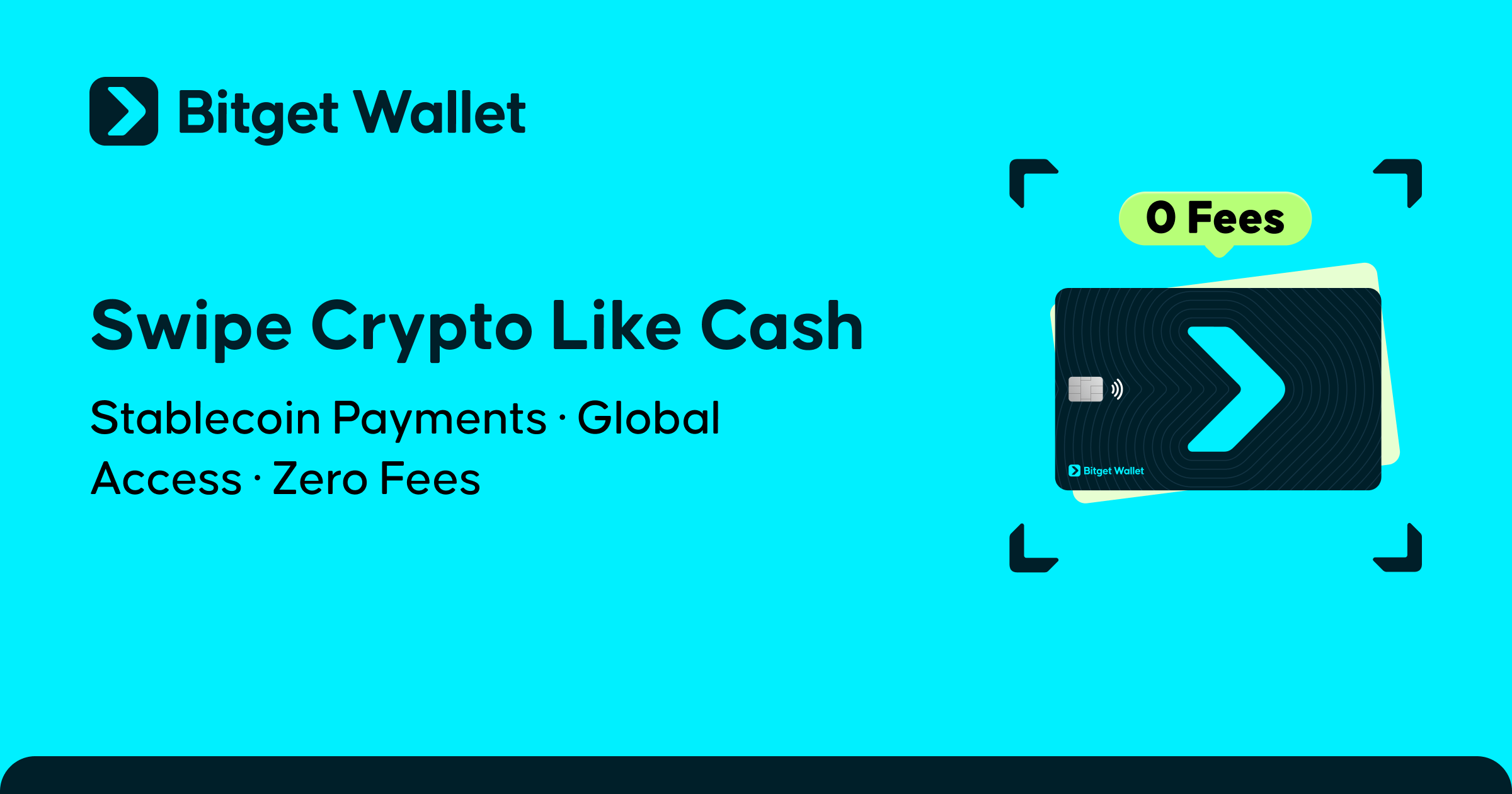Global Adoption of USDC by Stripe: A Sensation in 70 Countries Within the First 24 Hours!

In just 24 hours after its launch, Stripe caused a global stir by integrating USD Coin (USDC) into its payment system, instantly reaching 70 countries. This marks a major turning point in digital finance, affirming Stripe's strategic vision of leveraging stablecoins to accelerate cross-border transactions with speed, low cost, and high security. The event represents a groundbreaking collaboration between Stripe and Coinbase, supported by advanced blockchains such as Solana, Ethereum, Polygon, and Base. With this move, Stripe is not only ushering in a new era for digital payments but is also transforming the way businesses and consumers around the world handle transactions. Let’s explore this historic change as Stripe and USDC bring the world into a new age of digital finance within just the first day of its launch!
The Evolution of Stripe's Cryptocurrency Strategy
Stripe, a global payment processor, initially entered the PayFi sector of cryptocurrency space by supporting Bitcoin payments in 2014. However, the company withdrew its support in 2018, citing slow confirmation times and high fees as reasons for abandoning Bitcoin as a payment method. Fast forward to 2024, and Stripe's re-entry into the crypto world is now focused on stablecoins, with USDC taking center stage. Unlike Bitcoin, stablecoins like USDC are pegged to fiat currencies, ensuring price stability and making them more suitable for payments and financial transactions.
With this initiative, Stripe aims to tackle issues in international payments, such as high fees, delays, and exchange rate fluctuations. By adopting USDC, the company positions itself as a leader in the next wave of financial innovation.
Details of Stripe's USDC Integration
Stripe's core strategy is to integrate USDC into its payment platforms to facilitate instant and low-cost cross-border payments. Stripe is utilizing blockchain networks such as Solana, Ethereum, Polygon, and Base, allowing businesses to send and receive money more efficiently.
Key Features of the Integration
- Fast Payments: Unlike traditional cross-border payments that can take several days, USDC transactions are completed in minutes, ideal for globally operating businesses.
- Lower Transaction Fees: Traditional international payments typically incur high processing fees. By using USDC, Stripe reduces costs to just 1.5% per transaction, significantly cheaper than typical credit card fees.
- Support for Multiple Blockchains: The use of multiple blockchain networks ensures flexibility, scalability, and network redundancy. For example, Solana’s high-speed blockchain makes micropayments more efficient, while Ethereum’s security provides a robust infrastructure for high-value transactions.
Related content: The Role of Stablecoins in the Crypto Market
The Role of Coinbase in This Initiative
The strategic partnership with Coinbase adds depth to Stripe’s plan. Coinbase’s fiat-to-crypto conversion technology allows users to convert fiat money directly into USDC using credit cards and Apple Pay. This feature simplifies the user experience by reducing friction in buying and holding stablecoins. Stripe’s adoption of this method helps businesses and consumers easily engage with digital assets while staying connected to traditional financial systems.
Stripe has added support for Base across its entire crypto product suite, while Coinbase has integrated Stripe’s fiat-to-crypto conversion service into Coinbase Wallet, expanding USDC’s utility. This collaboration underscores how traditional financial infrastructure and blockchain technology are increasingly converging to unlock new financial opportunities.
Enhancing Financial Access in Emerging Markets via USDC
One of the most promising aspects of Stripe’s initiative is its potential to enhance financial access in emerging markets. In regions with underdeveloped banking infrastructure, USDC can serve as a stable and accessible medium of exchange. Stripe’s platform allows users to bypass traditional financial intermediaries, reducing reliance on local banks and payment processors.
By enabling cryptocurrency payments in over 70 countries, Stripe offers entrepreneurs, freelancers, and small businesses in developing areas the opportunity to participate more actively in the global economy. This initiative reflects a broader trend of using blockchain technology to drive financial inclusion and empower underserved communities.
Future Impact on Global Finance
Stripe’s initiative goes beyond individual transactions: It lays the foundation for broader adoption of blockchain-based payments. As Stripe processes the equivalent of 1% of global GDP annually, its endorsement of USDC signals to other financial institutions that stablecoins are ready for mainstream use. The combination of lower costs, faster payments, and regulatory compliance presents a compelling case for businesses worldwide to adopt USDC as a viable alternative to traditional currencies.
Furthermore, Stripe’s integration strategy demonstrates how stablecoins can bridge the gap between traditional finance and the growing decentralized finance (DeFi) world. By including both Web2 and Web3 elements in its platform, it ensures that users have access to advanced financial tools without compromising ease of use.
Challenges and Opportunities Ahead for Stripe and Coinbase
While the Stripe-Coinbase partnership opens new possibilities, challenges remain.
- Regulatory Uncertainty: Stablecoins are subject to evolving regulatory frameworks, and any changes could affect their adoption.
- Cryptocurrency Market Volatility: Although USDC is designed to remain stable, the broader cryptocurrency market is still volatile, posing risks for businesses adopting these solutions.
- User Education and Trust Building: For this initiative to succeed, Stripe and Coinbase must ensure that users understand the benefits and risks associated with stablecoins and digital payments.
However, with Stripe’s extensive business network and Coinbase’s cryptocurrency expertise, the two companies are well-positioned to address these challenges and drive further innovation in the financial sector.
A New Dawn for Global Payments
Stripe’s global adoption of USDC marks a pivotal moment in the evolution of digital payments. By leveraging blockchain technology to create faster, cheaper, and more accessible transactions, Stripe is pushing the boundaries of what’s possible in finance. The partnership with Coinbase ensures that the adoption of stablecoins is seamless and aligned with the needs of both businesses and consumers.
As Stripe accelerates its expansion of crypto products and more businesses adopt USDC, this initiative will reshape how global money flows work. For those eager to be part of this digital revolution, the time to act is now. Innovative payment solutions, like the Bitget Wallet, equip users with safe and accessible tools to efficiently manage digital assets. Whether it's for sending money across borders, simplifying business payments, or promoting financial inclusion, the global adoption of USDC is only the beginning of a new dawn for global payments—where seamless and borderless transactions become the new norm.
- What Is Moore Threads and Why China Thinks It Could Be the Next Nvidia?2025-12-09 | 5 mins


















